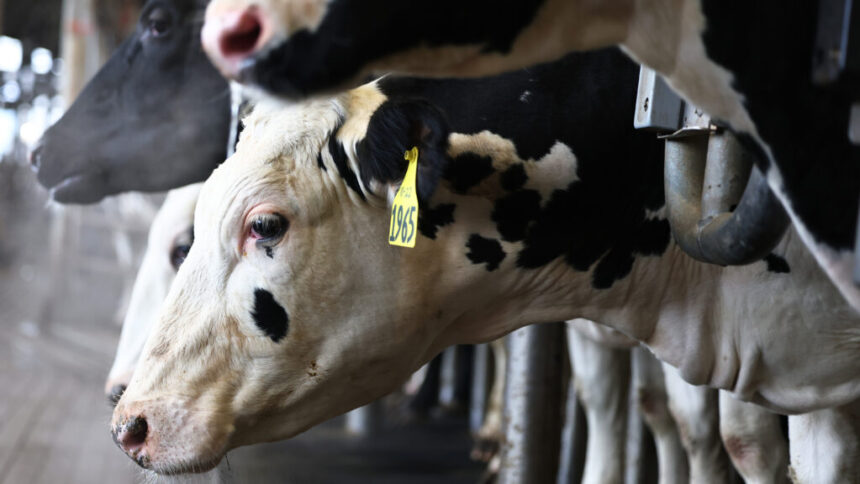The U.S. Department of Agriculture made a significant announcement on Wednesday regarding the recent discovery of four dairy herds in Nevada infected with bird flu. Initially thought to be the H5N1 strain that has been circulating in cows for the past year, further investigation revealed that these herds were actually infected with a different strain of the virus.
This new development has raised concerns among experts, as it indicates that eradicating this virus from cows may be more challenging than previously estimated by the USDA. The strain found in the Nevada herds is the same one that has been circulating in wild birds, and it has been linked to severe infections in humans in both British Columbia, Canada, and Louisiana.
The USDA had been operating under the assumption that all the infections in dairy cows traced back to a single introduction of the virus in late 2023 or early 2024, possibly originating in Texas. The agency believed that by breaking the chain of transmission, they could bring the outbreak to an end. However, with the discovery of this new strain in the Nevada herds, it is evident that containing the virus may be more complicated than initially thought.
This finding is a result of a national milk testing strategy implemented by the USDA in late 2024. It highlights the widespread nature of the H5N1 virus in migratory waterfowl across North America, making containment efforts challenging. Michael Osterholm, from the University of Minnesota’s Center for Infectious Disease Research and Policy, expressed his lack of surprise at the additional introductions of the virus, emphasizing the difficulty of containment.
The strain of the virus that has been circulating in cows is clade 2.3.4.4b genotype B3.13, while the strain found in the Nevada herds is genotype D1.1. Despite this new discovery, the USDA stated that it does not alter their H5N1 eradication strategy and commended the strength of their National Milk Testing Strategy.
As this story continues to develop, it is clear that the fight against the H5N1 virus in dairy cows is far from over. The challenges posed by the introduction of a new strain emphasize the need for ongoing vigilance and strategic planning to contain and eliminate the virus from livestock populations.








